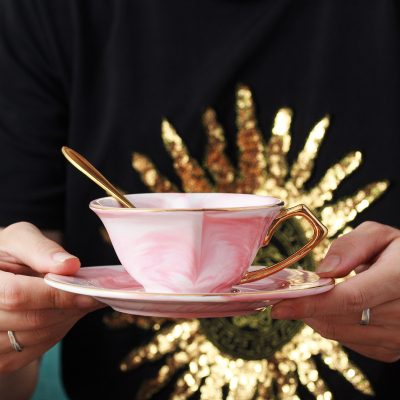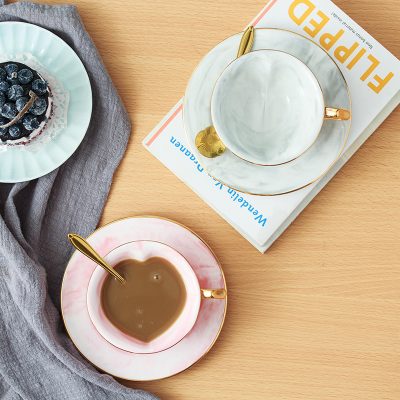Ceramic glazing refers to applying glaze slurry on the surface of the shaped ceramic body. Why do ceramics need to be glazed? That’s because glazing can not only beautify the ceramic to make the surface smooth and protect the decoration under the glaze, but also enhance the strength of the green body and reduce the service life of its oxidation-enhanced ceramics, and the dense glaze layer can also prevent water seepage and air permeability. There are not only various types of glazes, but also different glazing methods for different thicknesses and shapes. The following describes the method of ceramic glazing in detail.
The methods of glazing include dipping glaze method (dipping glaze method), glaze filling method (swing glaze method), drenching glaze method (glazing pouring method), glaze brushing method, spray glaze method (glaze blowing method), and glaze spraying method.
1. Dipping glaze method
The dipping method is the most basic method of glazing, and it is not suitable for large ceramic bodies. The glaze dipping method needs to prepare a lot of glaze slurry. The utensils are placed in the glaze slurry obliquely, and the glaze is dipped for 2 to 3 seconds. The time should not be too long, otherwise the green body will easily collapse. The glaze dipping method can make the glaze of the green body evenly distributed, which saves time and trouble. In the Ming and Qing Dynasties, this method was often used to apply glaze, but because the glaze did not reach the bottom of the utensils, the bottom of the porcelain body was exposed.
2. Glazing method
The glaze filling method is the swing glaze method, which is suitable for the body with a small mouth and a deep abdomen, such as a small mouth bottle. Inject the glaze slurry into the body, swing it up and down and left and right so that the glaze slurry is evenly hung on the body, then pour out the excess glaze slurry, and then continue to rotate the body so that no glaze slurry remains at the mouth of the vessel. The number of glazes should not exceed two times, otherwise bubbles will easily occur. The glaze speed should be fast, otherwise it is easy to cause the green body to collapse.
3. Glazing method
For small utensils, you can directly hold the glaze and pour the glaze on the top of the glaze slurry container. Pay attention to the glaze slurry flowing down into the glaze slurry container. Brackets, put the utensils on the top and pour the glaze. Generally, two people need to work together for large-scale blanks. The two people have the same technique to make the glaze on the blanks uniform.
4, brush glaze method
Glaze brushing, also known as glazing, is to dip the glaze slurry on the ceramic body with a brush or brush and apply it to a small area of smear (partial glazing or re-glazing), painting with glaze, applying different glazes or glazes to the same body. Rectangular and angular objects such as porcelain plate paintings. When brushing glaze, pay attention to the thickness of different glaze brushes and the uniformity of glazing on the body. It is not suitable to brush repeatedly, otherwise it will easily cause deglazing. If the bottom of the porcelain is glued with glaze slurry, it needs to be wiped with a sponge or scraped with a spatula. This is the bottom scraping.
5. Spray glaze method
The spray glaze method is also known as the blow glaze method, that is, the glaze slurry is atomized and sprayed onto the surface of the body using a spray gun or a sprayer. Depending on the glaze, the number of times to spray the glaze is also different, ranging from a few times to seventeen or eighteen times, so that multi-color glazing and thicker glaze layers can be achieved. The glaze spraying method is suitable for large bodies and thin body bodies. When manually blowing the glaze with a glaze sprayer, pay attention to blowing the glaze into particles.
6. Sprinkle glaze
Sprinkling glaze, also known as twisted glaze and wine color, is when a glaze has been applied to the body, or with the help of a porcelain tool – a turntable, while turning the turntable, another glaze is sprinkled on the body or directly rotated. The green body is sprinkled with another kind of glaze, and there are two kinds of glaze sprinkled on the whole vessel and partial sprinkled glaze. Because of its production, it is known that the artistic state it presents is very random, and the pattern that appears may be lines, spots or nets.







